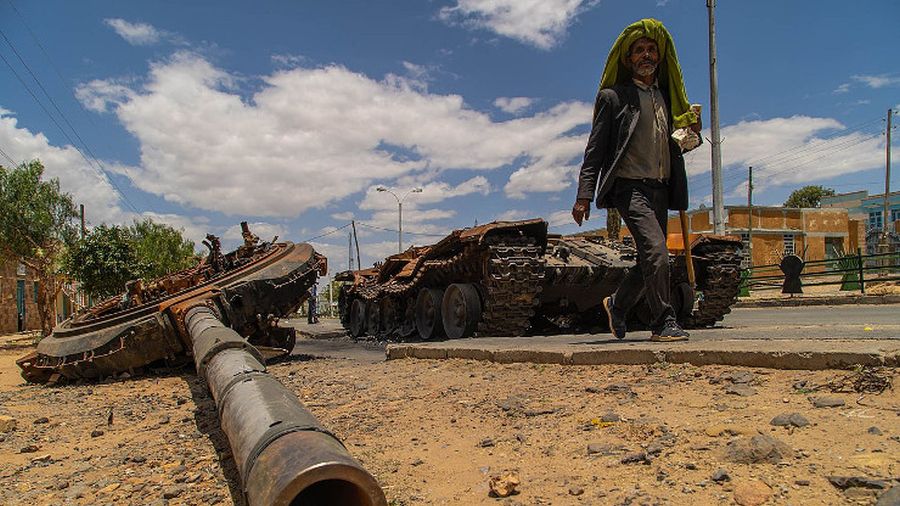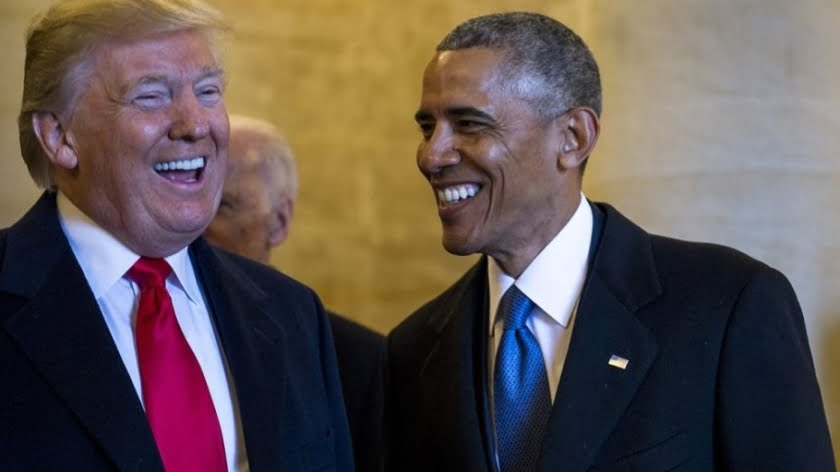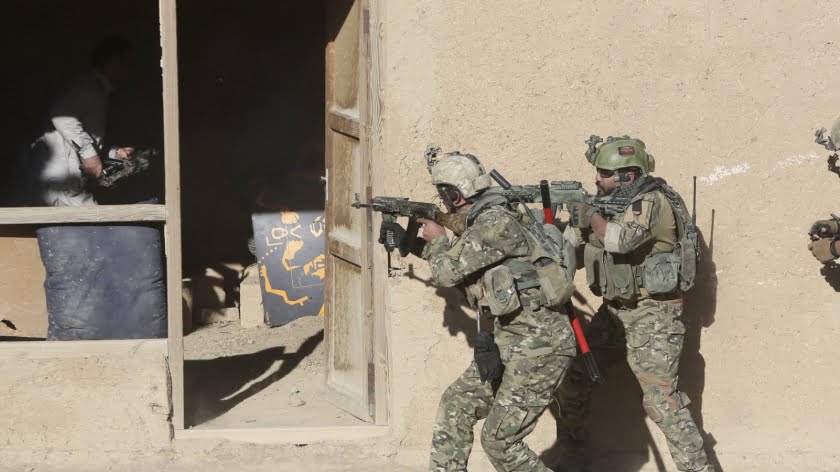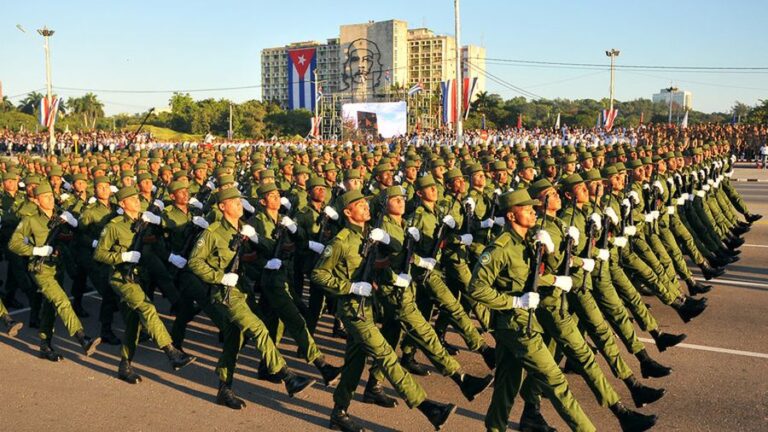Ethiopia: How to Resolve the Thorny Tigray Issue?
The beginning of September is usually a holiday, the commencement of the school year in many countries of the world, when youth sit down to their textbooks to become full citizens of their societies. But this time said holiday was overshadowed in Ethiopia. According to the Tigray rebels, Ethiopian and Eritrean forces launched a “massive joint offensive” against the Tigray People’s Liberation Front (TPLF) in the northern region of the country that day. Simultaneously, the government of Abiy Ahmed and the TPLF launched a propaganda campaign, accusing each other of resuming hostilities. “We are fighting a defensive war,” said Getachew Reda, TPLF spokesman, at a press conference broadcast online by local TV channel Tigrai TV, adding, “We remain open to negotiations.” Local residents, as well as diplomatic and humanitarian sources, reported that in recent days Tigray fighters had advanced about 50 kilometers south of Tigray to Amhara, and south-east to Afar, forcing many people to flee their homeland.
The new fighting has shattered the truce announced at the end of March and cast a shadow over international efforts to end almost 22 months of conflict in Africa’s second most populous country. Access to northern Ethiopia is severely restricted and it is impossible to independently verify the situation on the ground or the claims of the warring parties. “We have defended our positions and we are now launching a counter-offensive,” Getachew said. Prime Minister Abiy Ahmed, according to the Tigray spokesman, continues to make innumerable miscalculations by not stopping to send reinforcements, but “we’ll continue to neutralize (them) and that will take us probably deeper and deeper into Amhara region.”
The international community has expressed deep alarm at the resumption of hostilities in the conflict that has already resulted in countless civilian deaths and the desperate humanitarian crisis. A truce was declared in March this year, resulting in a temporary lull in fighting. This allowed humanitarian convoys to return immediately to Tigray, where, according to the UN, millions of people are starving and cash, fuel and medical supplies are scarce. Since late June, the government of Abiy Ahmed and the rebels have repeatedly declared their willingness to enter into peace talks, but each side has set its own conditions for such negotiations. Among those expressing concern was the UN-appointed International Commission of Human Rights Experts on Ethiopia. The international organization said in a statement that it was “outraged” by the renewed fighting and called on both sides to stop the hostilities, return to dialogue and allow humanitarian agencies to distribute aid to Tigray. A similar statement was issued by the Ethiopian Human Rights Commission, an independent government body, which stated that hostilities have resumed and “civilian populations in the affected areas still continue to suffer from recent trauma, loss of loved ones and livelihoods.”
Despite the Ethiopian government announcing a unilateral ceasefire in March for what it called a “humanitarian truce”, neither the incumbent government nor the TPLF, led by former Ethiopian leader Debretsion Gebremichael, were able or willing to abide by it. Until the latest fighting, belligerent rhetoric between the two sides did not cease for a moment, and many experts rightly believed that a resumption of hostilities between the parties to the conflict in Ethiopia looked inevitable. Since June 2021, the Ethiopian government has imposed a blockade on Tigray, home to more than six million ethnic Tigrayans, with disconnection of basic services such as internet, telecommunications, banking, electricity and water supply.
This coincided with an ongoing “demonization” campaign against the region, especially by the media of the Tigrayans’ arch-enemy, the adjoining Amhara region. Amhara officials actually seized the opportunity to annex four areas in West and Northwest Tigray adjoining their regional state, citing problems of so-called “historical” possession of these territories by Amhara rulers. It should be noted that it was the issue of the West Tigray territories that was a bone of contention between the two sides, especially after the TPLF, once the center of power in the country and now officially recognized as a terrorist organization by the Ethiopian parliament, had demanded that the territories be returned. This was a tough condition of the Tigrayans before sitting down at the negotiating table with the federal government to work out a permanent ceasefire agreement.
While this issue is crucial to the peace talks, it is not the only burning issue on the agenda. Earlier in August, a high-ranking Western delegation arrived in Mekelle, the capital of Tigray. It included the EU and US envoys to the Horn of Africa, Annette Weber and Mike Hammer respectively, as well as other ambassadors from several leading Western countries, including the UK and Canada. At this meeting, TPLF President Gebremichael presented them with a “letter of assurance” to be handed over to the Addis Ababa government. The letter guaranteed the safety and security of any personnel sent by the government to resume essential services in the region. Members of the delegation may have thought they were one step away from reaching an agreement between the two opposing sides. But unfortunately, those hopes were dashed. The Ethiopian government, led by Nobel Peace Prize Winner Abiy Ahmed, immediately rejected the letter and expressed “alarm” about the meeting and what it called a “precondition” set by a “terrorist” organization for participation in peace talks.
The root causes of the war in Tigray, according to many experts and political analysts, lie in the failure of the current ruling elite in Ethiopia to see the big picture and be able to create a level playing field for all ethnicities living in this vast African country. None of the ethnic groups seeking equal rights along with others appears to have worked for the “disintegration” of the country, an accusation commonly made against the TPLF. Although the right to secession is formally included in the Constitution for all ethnic groups and nationalities. But neither are any of them prepared to allow their cultural identity or traditional way of life to be “trampled” in favor of the centralized form of government now dominated by the Amhara region representatives. It is also clear that Prime Minister Abiy Ahmed is helpless in the face of Amhara hawks who are controlling the course of action in Tigray and other parts of the country. Under his administration, Ethiopia’s ethnic nations and nationalities no longer support a centralized form of government, dealing a death blow to “Medemer” (Synergy), Abiy Ahmed’s own “philosophy”, which favors a centralized form of government against semi-autonomous regions.
Before Abiy came to power, Ethiopia consisted of nine regions, but according to the “Medemer” system, the country now has 11 regions and a 12th is in the pipeline. From time to time, regions submit a request to the House of Federation, the upper house of parliament, to form their own regional states. Added to this is the unprecedented state of enmity that now exists between ethnic groups that used to coexist relatively harmoniously under former Ethiopian leader Meles Zenawi. If this trend continues and gains momentum, we could see a number of regions withdraw from the country, as happened with the previously withdrawn Eritrea.
A collapse of the state would be a terrible nightmare for Prime Minister Abiy Ahmed and his entourage from Amhara and they do not want that to happen. But a healthy and integrated Ethiopia cannot be created by taking more than six million Tigrayans hostage and cutting them off from the world. It may be worth quoting international official Tedros Adhanom Ghebreyesus, former Minister of Health and Foreign Affairs of Ethiopia and now Director General of the World Health Organization (WHO), who stated with dismay that “nowhere on Earth are people more at risk than in Tigray.” Only through negotiations and mutual concessions can and should the problem of the northern Tigray region be resolved.







